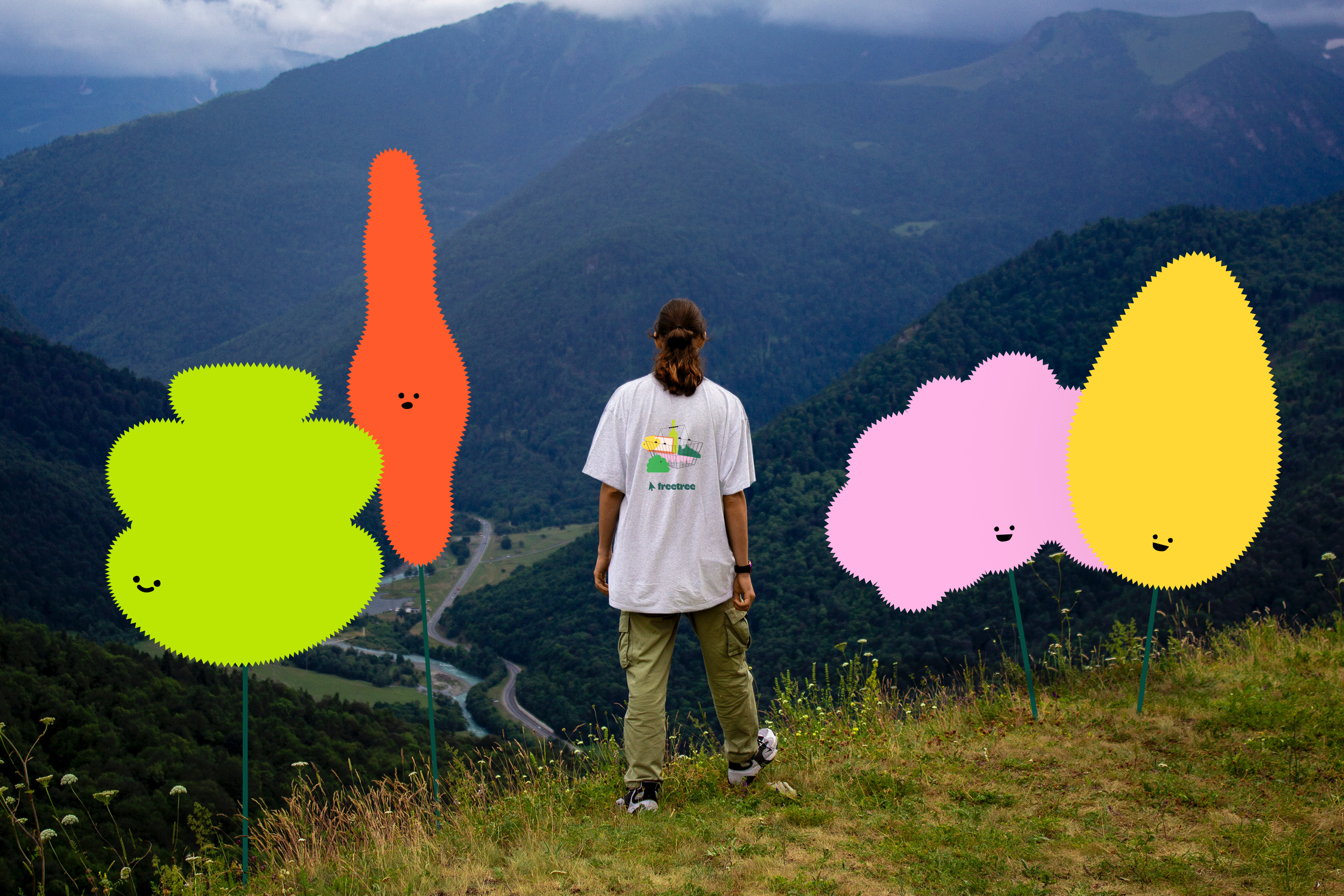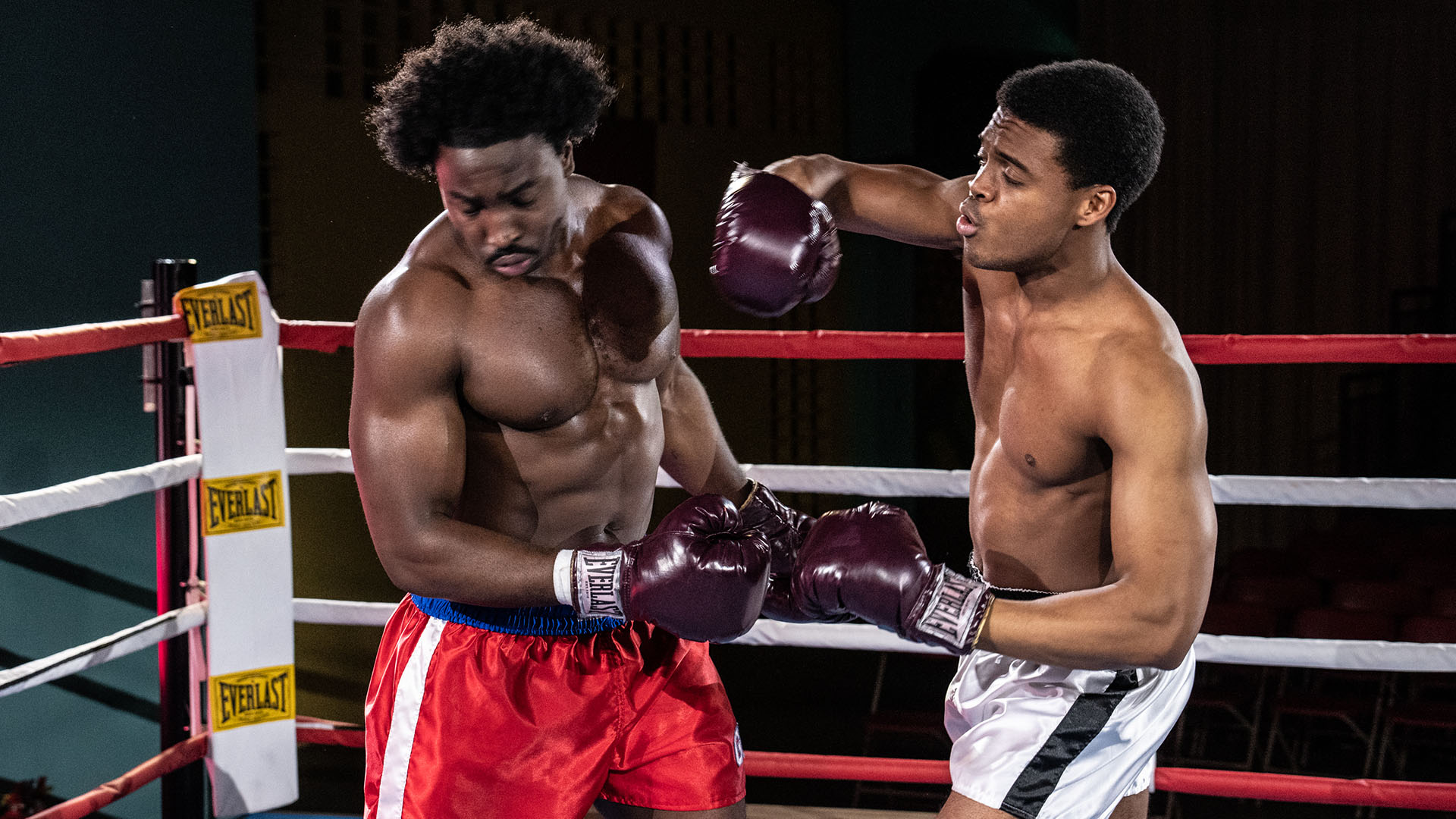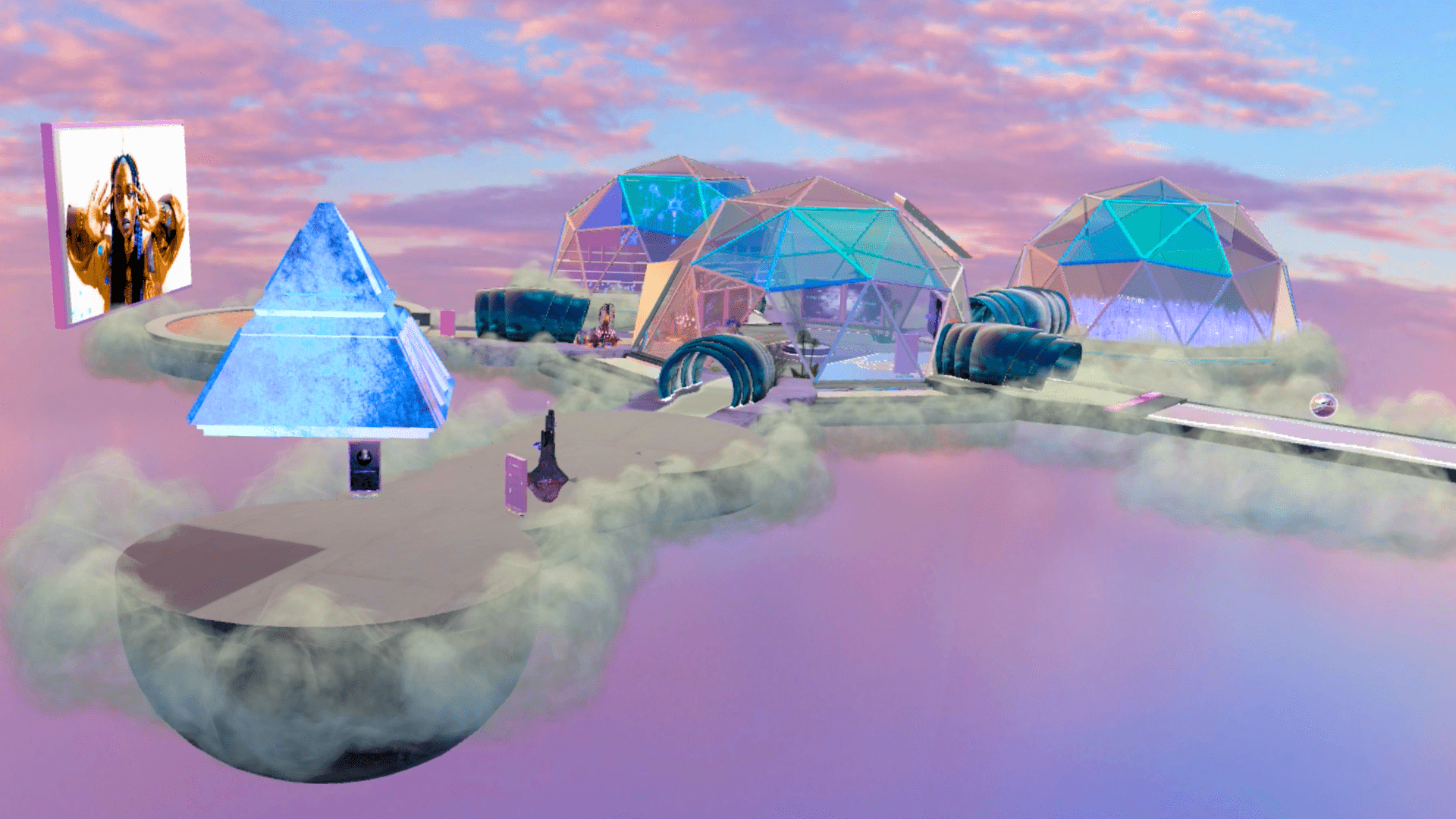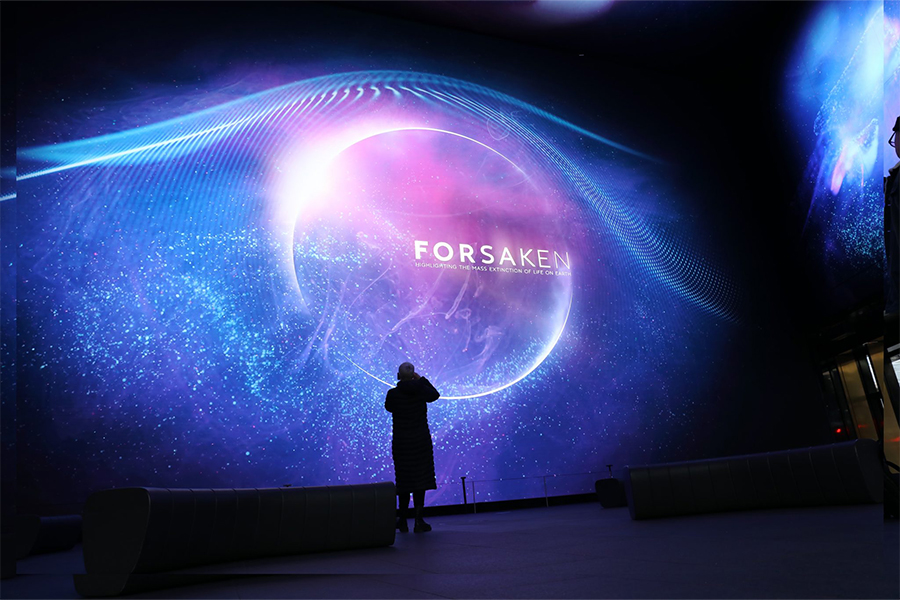Are you sitting comfortably? Then I’ll begin…
Here at The WXO, we’re a bit obsessed with the perfect ending – see our very first event, Campfire 1: We Began With Endineering, or last season’s crowd-sourced effort on How To Design The Best Ending Ever.
However, what about the perfect beginning? While a dramatic ending may stick out clearly in the mind, a brilliant beginning can set the tone for the rest of the experience. And as per the Peak-End rule, people judge an experience based on how they felt at its most intense point and at its end, rather than based on the total sum of the experience. The rule holds true regardless of whether the experience was pleasant or unpleasant.
Now, new research has come to light that reveals that the beginning of an experience has an equally outsized impact on someone’s memory of the overall experience as the end. Researchers looked at longer experiences like holidays and found that what happens in the first 24 hours has the same impact as the final 24 hours, proving how important it is to make a positive impact early on.
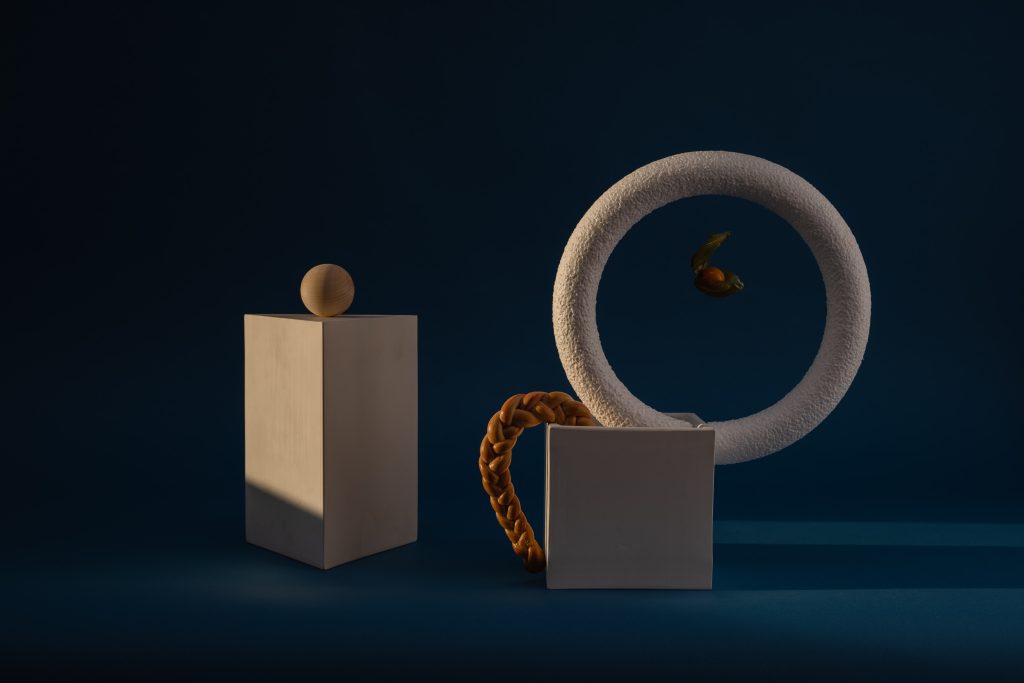
“As humans we experience duration neglect – you’ll forget most of what happened on holiday and most of life is a flat grey line of boringness, but there are moments of extreme when we experience euphoric highs and crushing lows.“
James Wallman
So for Campfire 62, we decided to start at the very beginning. A very good place to start. To tease out the best tools and approaches for designing better beginnings, we asked our Campfire to share examples of powerful openers they’d experienced or designed, before dissecting some of the common themes.
It turns out there are many ways to create unforgettable beginnings. Here are some of the key lessons we learned.
1. Light The Fire Of Anticipation
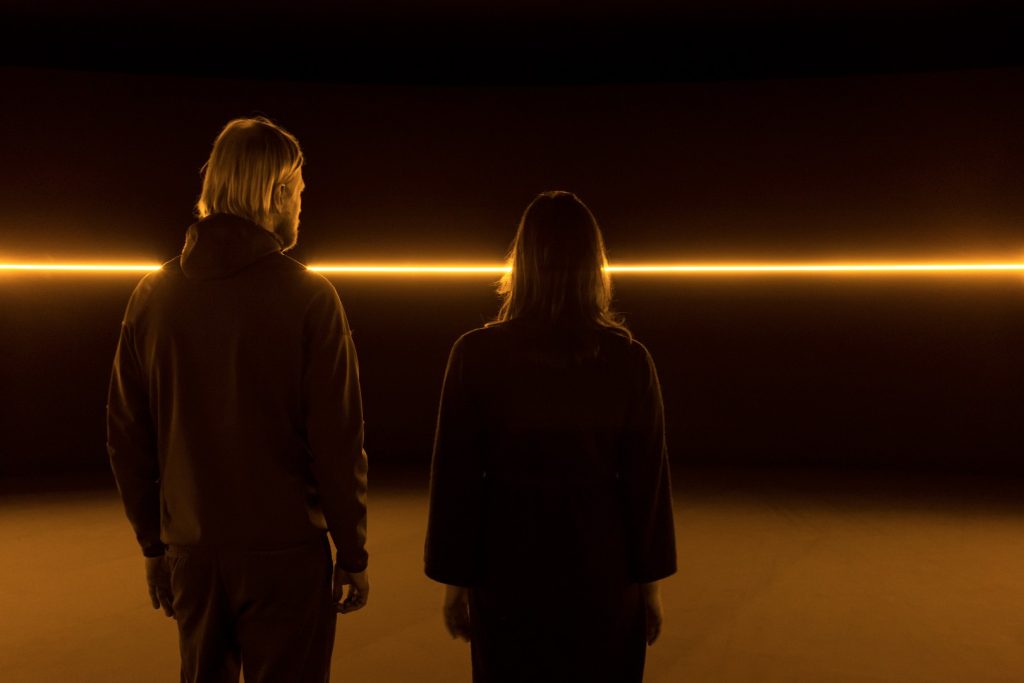
An experience doesn’t only begin when you walk through the door – it starts long before the main event. As we all know, anticipation is the first part of the trilogy of anticipation, participation and reflection.
Doug Steel highlighted the importance of building up to the experience and creating a feeling of expectation among those about to enjoy it. Looking forward to an experience can often be as pleasurable as the experience itself, so creating teasers that give people a glimpse of what they are about to experience is a clever way of whetting their appetite.
“It all starts with the tease and making people feel seen. You need to light that fire of anticipation for what’s to come.”
Kelly Vaught
These teasers are like creating a series of steps into the experience, rather than an abrupt crossing over – see Campfire 12: Taking The Stairs Versus Crossing The Threshold for more on this difference.
WXO CEO James Wallman even gave a literal example of walking down a spiral staircase at the Royal Opera House before the VR experience Current Rising, and the heightened sense of anticipation that this created, alongside the feeling that you were crossing the threshold into another world. (For more takeaways from Current Rising, head to Campfire 23: How To Bring Different Worlds Together.)
Willy Wonka provided the inspiration for another introduction to an experience, combing a Great Glass Elevator and a sensory sugarscape. Julian Rad pitched an idea to Google for an event promoting its AI division, involving taking guests up through a building in a glass elevator past different experiences on every floor where the AI tech was in activation, including a donut factory emitting the heady scent of molten sugar. “It created a tease that gives you everything you need to know before you’d even heard a word about the product,” he said.
2. Make Everyone A Hero
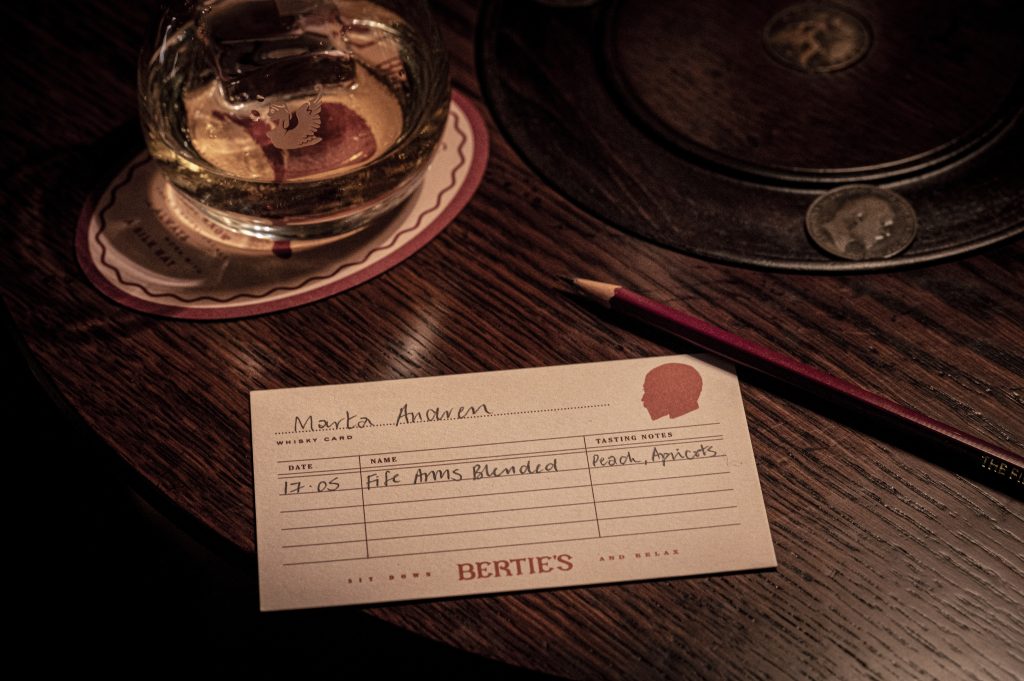
A simple but clever way to kick off an experience is to tap into our basic human need to feel accepted, wanted and unique. Little touches can make people feel special through the experience journey, from a maître d’ remembering your favourite table at a restaurant to an air steward addressing you by name when offering you a warm hand towel before take-off.
“The best beginning of an event I’ve ever encountered cost nothing. It was at a company party where everyone got a round of applause when they arrived. It became this huge celebration that made everyone feel like the most important person in the room. It was such an effective way of breaking down hierarchies.“
Audette Sophia
Kelly Vaught pointed out that with the rise of automation, human interactions are becoming increasingly scarce along the experience journey, which provides experience designers with a golden opportunity to create moments of connection that make people feel cared for.
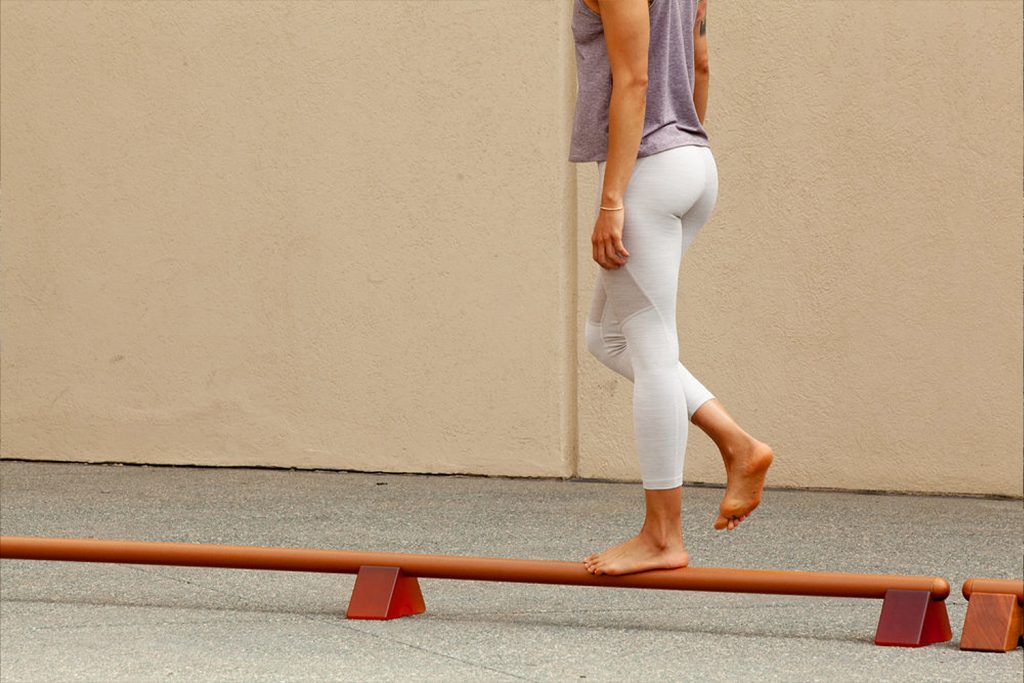
Tapping into people’s sense of pride is another way to make them feel special and create a powerful beginning to your experience. Carolene Méli spoke of the nervous pride she felt before competing in gymnastics competitions, and the collective moment of pride everyone felt for their clubs when they gathered on the floor before the competition kicked off. Think of the invitation to battle that rugby team the New Zealand All Blacks successfully creates during its intimidating pre-match hakas.
3. Squeeze And Release
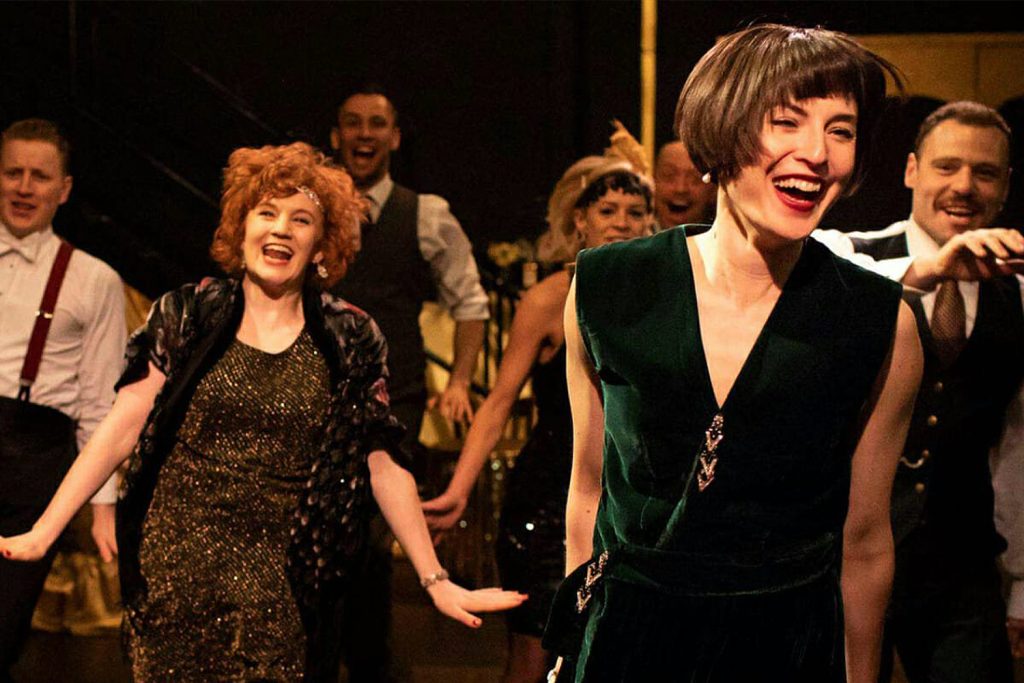
It might sound counterintuitive, but there can be value in making people feel slightly uncomfortable before an experience starts. Such an approach has to be handled delicately – but if pulled off correctly, it can make the opening of an experience all the more impactful and enjoyable. After all, an amount of challenge is a crucial element of flow.
“Rather than over-stimulating your audience, sometimes it’s about creating the reverse effect and making people feel a little uncomfortable, so they wonder why they’ve paid money to be there. Just as the boredom is setting in, you blow their minds by hitting them with something spectacular.“
Peter Monbailleu
The Great Gatsby immersive experience begins by cramming the audience into a tiny hallway designed for far fewer bodies, so that they can experience that wonderful moment of release as the doors open and they enter into Jay Gatsby’s world of decadence and debauchery. Lori Buscaglia likened the approach to how architect Frank Lloyd Wright played with the dichotomy of constraint and open spaces in his designs to great effect.
4. Tap Into Childhood Nostalgia
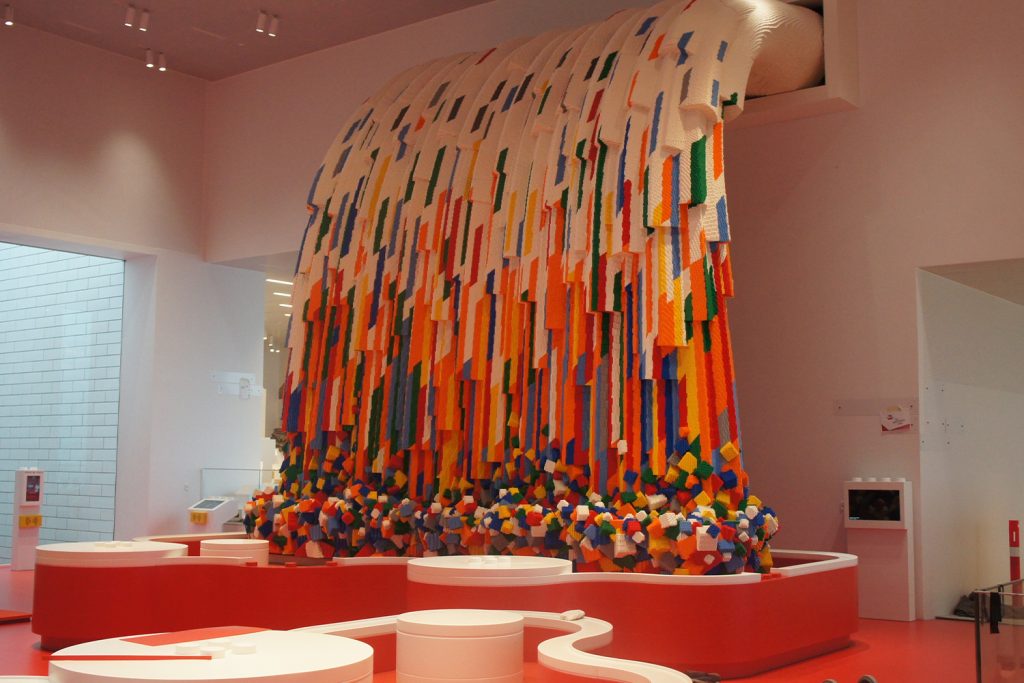
Memory is a powerful thing, and experiences that open with happy reminders of our childhoods are likely to resonate with us on an emotional level and therefore become more memorable. Jane Nielsen gave the example of Lego House in Demark, which successfully taps into childhood nostalgia from the get-go via a spiral staircase with a Lego tree running up it.
“On each branch there was a different Lego kit that you may have built during your childhood, which was an immediate memory trigger, particularly for the dads who were visiting, and a great way of slowly getting you into the story.“
Jane Nielsen
(For more on how connecting with your inner child can pay dividends when it comes to experience design, check out What Would Your Adult Playground Look Like?)
The idea of tapping into nostalgia also highlights the importance of creating memorable experiences for children, who will carry them with them through life. Kelly Vaught described his first visit to Disney as “a very palpable memory” that has stuck with him. “I can still recall the scent of Mickey’s flower garden and remember the sign at the entrance that said, ‘The happiest place on earth’,” he says.
5. Make A Memorable Entrance
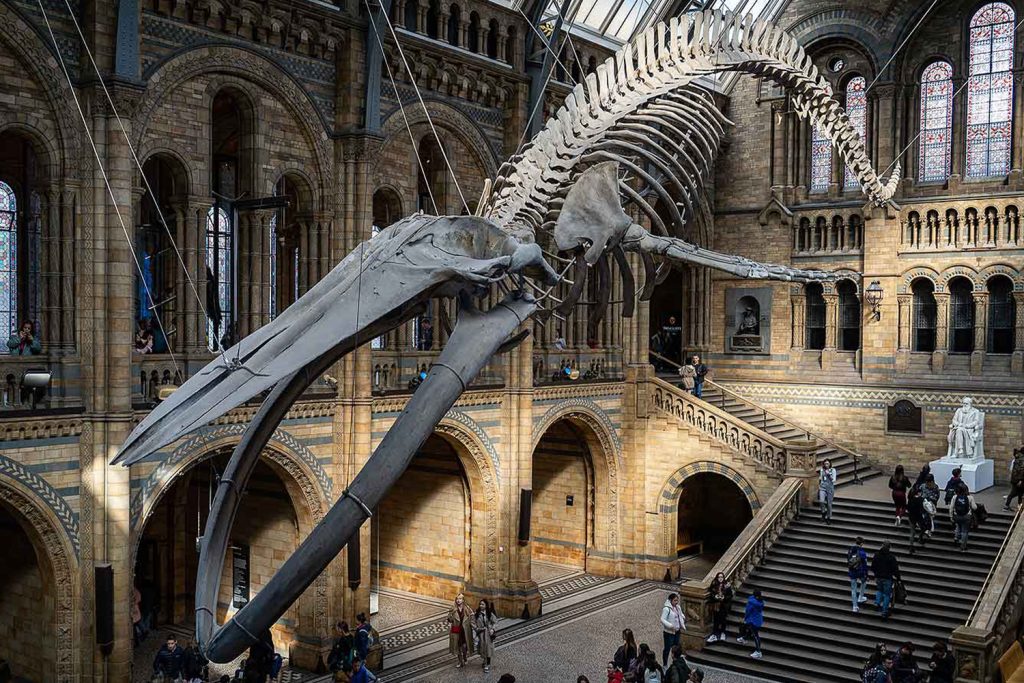
One way of creating a brilliant beginning is by making the most of your entrance space and thinking about how your visitors will move through it.
Susan Isko cited the towering tombs in the Egyptian room at the Metropolitan Museum of Art in New York and the giant sperm whale skeleton greeting visitors at the entrance to the National History Museum in London as successful examples of how to set the tone at the start of an experience through the architecture of the space and the placing of items within it. Both cleverly put the visitor at the heart of the experience and allow them to transition into ancient worlds.
6. Harness The Power Of Scent
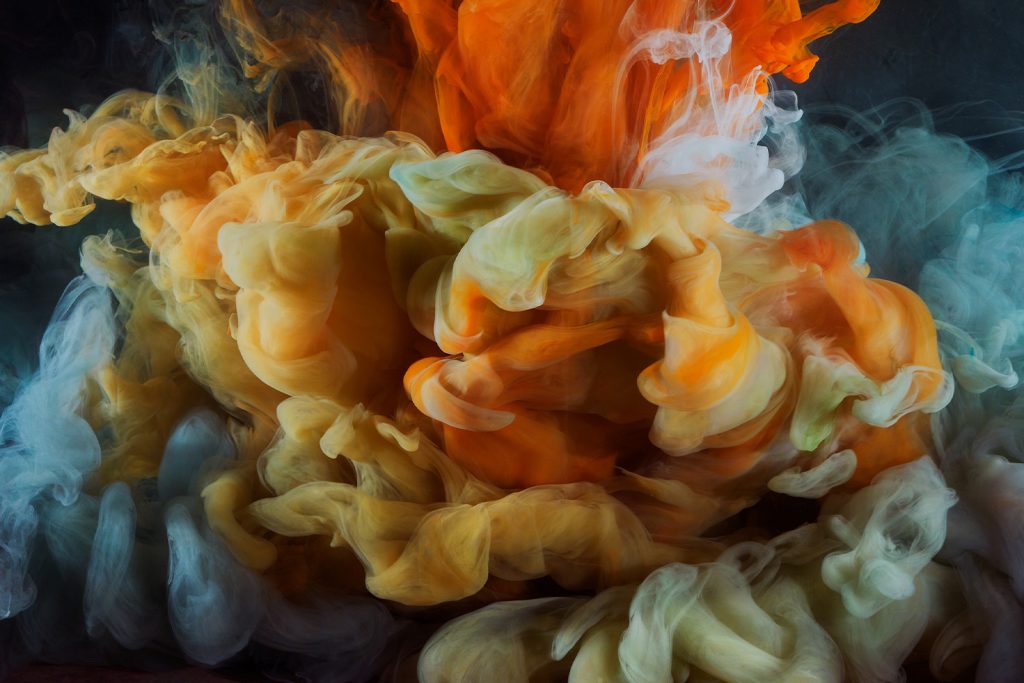
With scent closely linked to memory, conjuring comforting or nostalgic smells can be a simple yet powerful way to create an impactful beginning that people are likely to remember. Scientists believe that smell and memory are so closely linked because the anatomy of the brain allows olfactory signals to get to the limbic system very quickly.
Scent can be used as a way of bringing fantastical worlds to life. Lori Buscaglia explained how scent was cleverly harnessed at the entrance to The Wizarding World of Harry Potter experience at Universal’s Islands of Adventure to bring visitors into Harry’s world, through the delicious cream-soda scent of Butterbeer and the sweet spice of pumpkin.
“Smell is a great cue to anticipate and tease. As you’re approaching Hogwarts, you’re finally smelling this fantasy land that you’ve been thinking about for years, and it really activates all of the senses. Smell is a siren song that can pull you in before you enter a space, like the scent of hot buttered popcorn at a movie theatre.“
Lori Buscaglia
7. Let People Cross The Rubicon
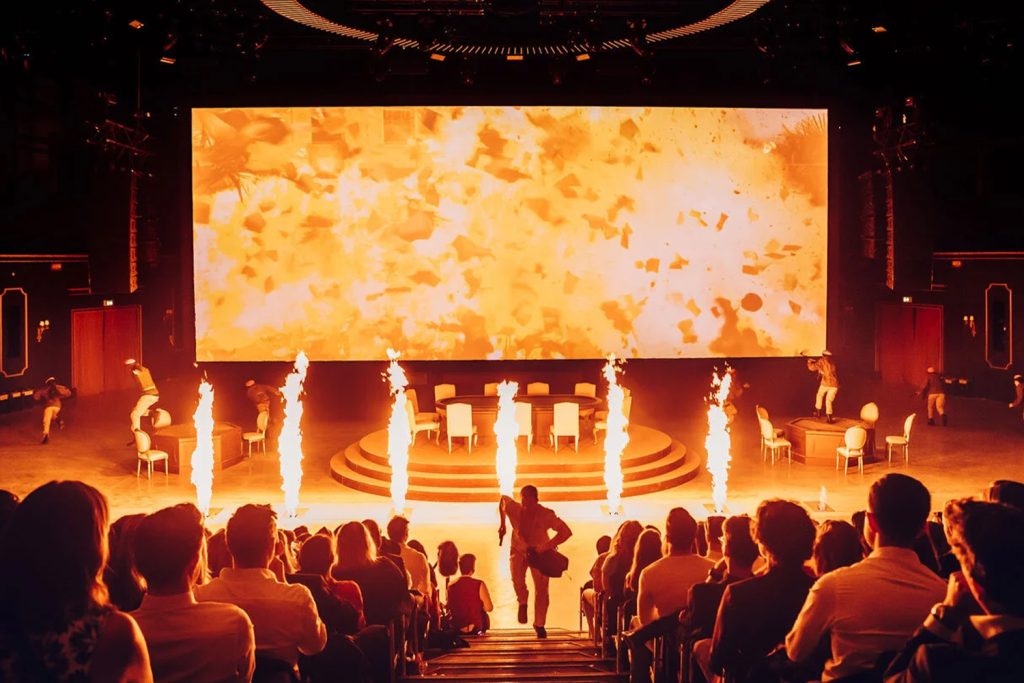
It’s important for experience designers to create a clear distinction between the real world that attendees are leaving behind and the new world that they are entering – something that Secret Cinema does to great effect.
“Secret Cinema does beginnings very well, as there’s always a very clear separation between not-the-experience and the experience that acts as a palate cleanser before the next phase. There are different ways of saying ‘once upon a time’ that can land you in a place and time, and you can do the same in experience design.“
James Wallman
Anthony Weller shared a simple but effective “crossing the Rubicon” moment from Sea World in Orlando, when you enter the penguin enclosure and are hit with a blast of cold air while being greeted by a lady in a winter coat welcoming you to “the bottom of the world”. Susan Isko pointed out the role airports can play in helping travellers to feel connected to the place where they’ve landed, whetting their appetites for the adventure ahead.
“When you arrive at Zurich Airport, international travellers have to take a train to the main terminal that projects an animation of a cow in a Swiss pasture as it passes through a tunnel. You hear a deep moo and the dinging of the cow bell. It’s a great preview of what you’re about to experience.“
Susan Isko
Experience designers have an opportunity to play with this moment when a visitor transitions from the real world into a fantasy realm. Doug Steel suggests employing a ‘threshold guardian’ to usher people through the portal from one world to the next and explain the rules of the game (such as turning off their phones) to help people get into the experience and suspend their disbelief.
Anthony Weller feels Disney nails this trick with the sign that greets guests when they enter the theme park, which reads: ‘Here You Leave Today And Enter The World Of Yesterday, Tomorrow And Fantasy’.
8. Make Your Audience Co-Creators
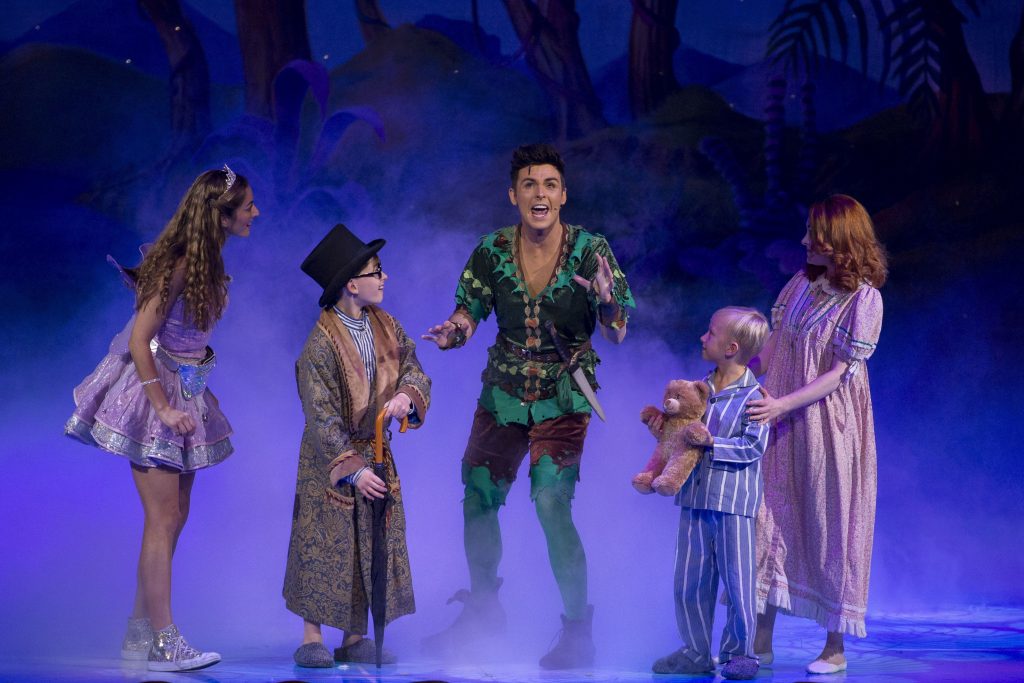
A powerful way to build anticipation before an experience is by inviting your audience to become co-creators and making them feel like they’re being let in on a secret. Adi Livneh cited a great example of how a theatrical performance of Peter Pan was taken to the next level through audience participation. Before the show started, she and her six-year-old son were both given a flashlight and told to turn it on when Peter Pan tells Wendy to look up at the stars.
“The anticipation had already begun and the show hadn’t even started. Around 10 minutes into the performance we heard the cue and everyone turned on their torches. It was an unforgettable moment seeing all these flashlights come on at the same time, and a lovely immersive touch for a traditional theatre show. I love the way the experience started before it started.“
Adi Livneh
9. Remove The Friction
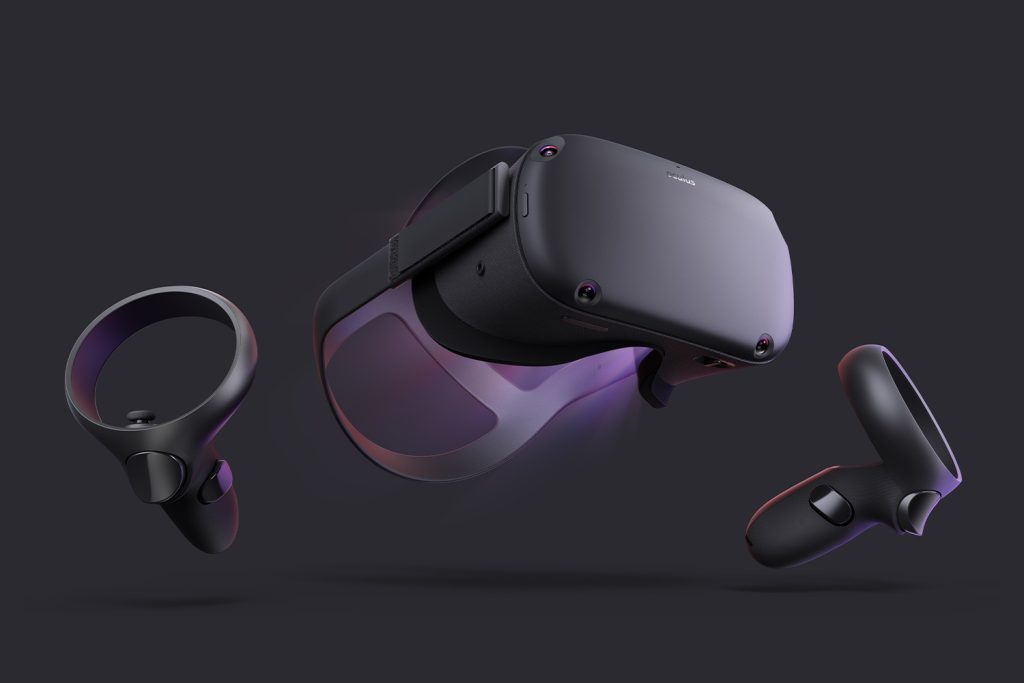
While sometimes it pays to make your audience sing for their supper, when it comes to tech, keeping things simple is often the best approach. Antony Weller offered the example of using the Oculus Quest VR headset for the first time, which was activated simply by pulling out a tab that unfolded and fired up the headset. The more complex the tech, the more that can go wrong, so making new tech innovations as easy to access as possible for your users is a smart move.
“Sometimes the digital experience doesn’t require signposting, but some beg for a little plaque that provides some context about what an experience is going to be about. We don’t want a user experience where people are stuck and uncomfortable.“
Lori Buscaglia
10. Create A Safe Space
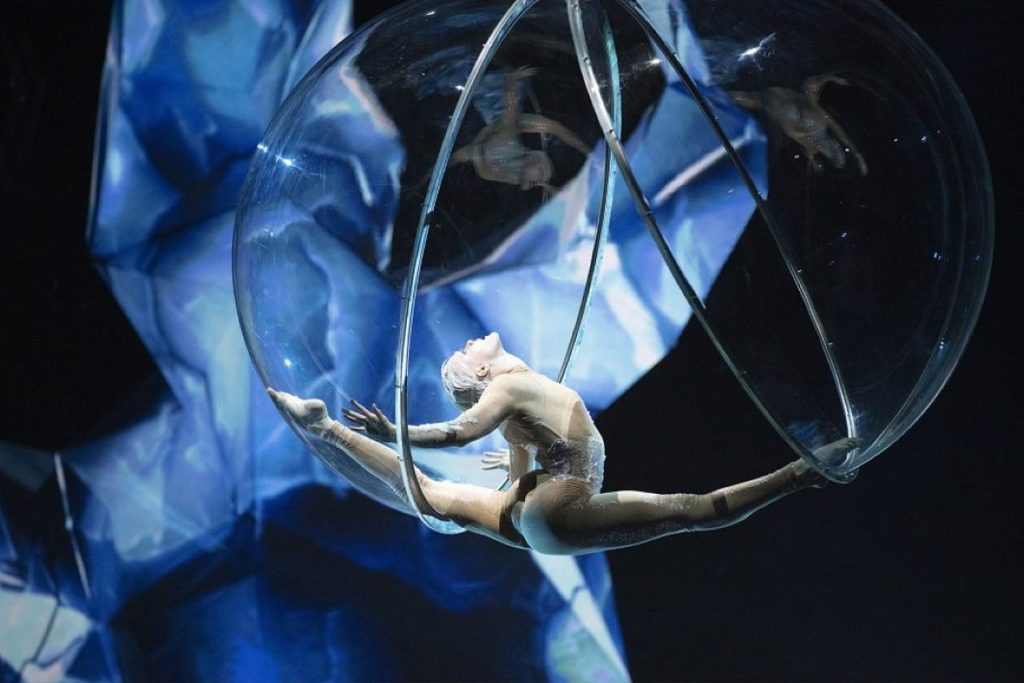
Experience designers have a responsibility to create a safe space for their audience that allows them to escape the often harsh realities of daily life. Carolene Méli spoke of putting on a Cirque du Soleil show in Paris in 2015 shortly after the terrorist attack there, and the important role the show had to play in lifting people out of the horror of what they’d experienced.
“It was very important for our audience to know that they were in a safe space. You have to be sensitive to your guests and what they have just experienced. What’s happening in the world at the time has an impact on our beginnings, as you have to bring people into an experience in an appropriate way.“
Carolene Méli
Cynthia Vergon went on to talk about the importance of ‘safe scares’: creating scary experiences within a safe environment so that people feel comfortable enough to be vulnerable.
“People will always go looking for those thrills as they love the adrenaline rush they get from being scared, but they want to be scared in a safe space that they know isn’t in any way threatening.“
Cynthia Vergon
The WXO Take-Out
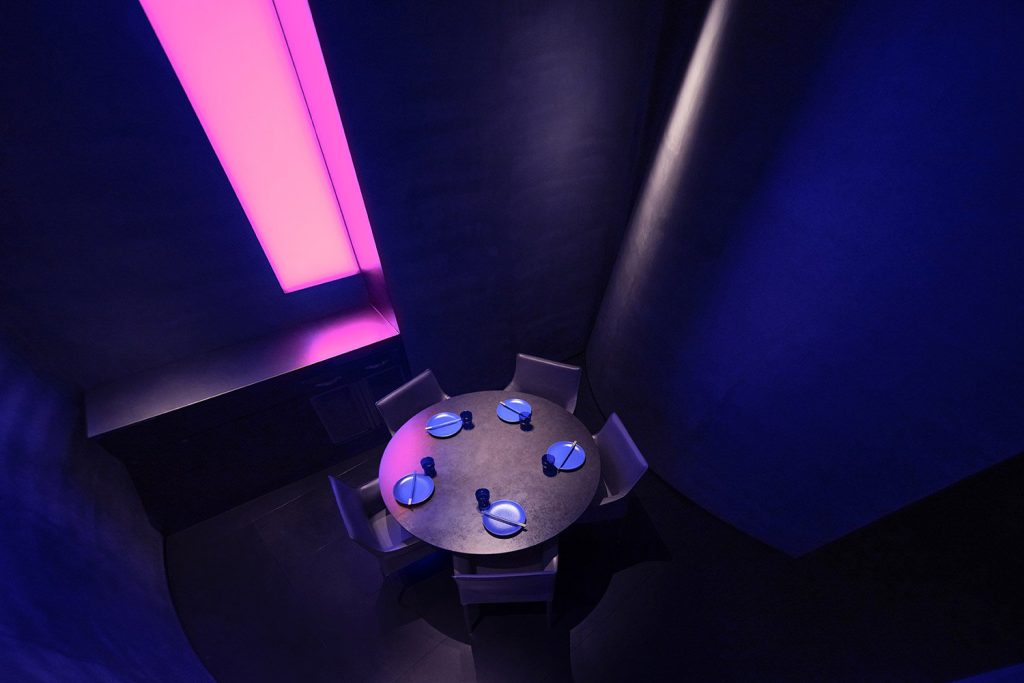
Brilliant beginnings can take all sorts of forms, but they all have one thing in common: they stick out in the mind and set the tone for the journey ahead.
If you’re finding it hard to think of a powerful way to kick off your experience, Mike Lai suggests creating a library of memorable openings from books, films and shows that can spark ideas, elements of which can be weaved into your own experiences.
He also suggests thinking about which emotions you want to elicit and which senses you want to stimulate. While a perfectly pitched ending can live long in the memory, beginning an experience with a bang draws people into your world and helps to keep them hooked.
So next time you’re designing the beginning of an experience, ask yourself:
- In what ways can I build anticipation before the experience starts?
- How might I make my audience feel special, cared for and seen?
- How can I build a bridge between the real world and the world of the experience?
Want to be part of the most inspiring experience conversations in the world? Apply to become a member of the World Experience Organization here – to come to Campfires, become a better experience designer, and be listed in the WXO Black Book.

